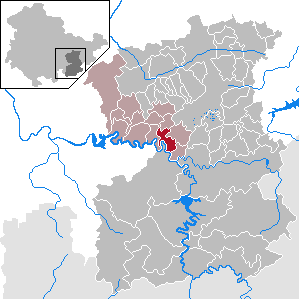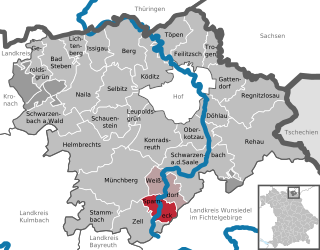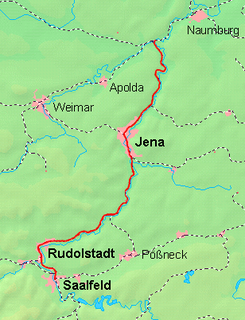| Wöllmisse | |
|---|---|
| Highest point | |
| Elevation | 405 m (1,329 ft) |
| Coordinates | 50°54′37″N11°40′17″E / 50.91028°N 11.67139°E Coordinates: 50°54′37″N11°40′17″E / 50.91028°N 11.67139°E |
| Geography | |
| Location | Jena, Thuringia, Germany |
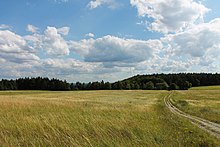
The Wöllmisse is a high plateau which rises east of the Saale Valley in the State of Thuringia, Germany. The densely wooded Wöllmisse borders the Roda Valley in the South, the Saale Valley to the West, the Gembdenbachtal in the North, and the town of Bürgel and the Gleistal Valley in the East. In Bürgel, it is connected via a saddle with the formation of Jenzig-Hufeisen-Alte Gleisberg.

The Saale, also known as the Saxon Saale and Thuringian Saale, is a river in Germany and a left-bank tributary of the Elbe. It is not to be confused with the smaller Franconian Saale, a right-bank tributary of the Main, or the Saale in Lower Saxony, a tributary of the Leine.

Germany is a federal republic consisting of sixteen states. Since today's Germany was formed from an earlier collection of several states, it has a federal constitution, and the constituent states retain a measure of sovereignty. With an emphasis on geographical conditions, Berlin and Hamburg are frequently called Stadtstaaten (city-states), as is the Free Hanseatic City of Bremen, which in fact includes the cities of Bremen and Bremerhaven. The remaining 13 states are called Flächenländer.

Thuringia, officially the Free State of Thuringia, is a state of Germany.
Contents
Municipalities and districts that are within the Wöllmisse are (beginning in the North): Großlöbichau in the District of Kleinlöbichau; the Bürgel villages of Rodigast and Lucka; Schöngleina with Zinna; Schlöben with the towns of Mennewitz, Zöttnitz, Rabis, Fraitsch and Burgrabis; the Jena districts of Ilmnitz, Drackendorf, Lobeda, Wöllnitz, Ziegenhain, Camsdorf, Wenigen-Jena, Jenaprießnitz and Wogau. Also, the villages of Trockhausen, Gröben, and Podelsatz are considered a part of the Wöllmisse, all at the southern foot of the ridge.

Bürgel is a town in the Saale-Holzland district, in Thuringia, Germany. It is situated 12 km east of Jena.

Jena is a German university city and the second largest city in Thuringia. Together with the nearby cities of Erfurt and Weimar, it forms the central metropolitan area of Thuringia with approximately 500,000 inhabitants, while the city itself has a population of about 110,000. Jena is a centre of education and research; the Friedrich Schiller University was founded in 1558 and had 18,000 students in 2017 and the Ernst-Abbe-Fachhochschule Jena counts another 5,000 students. Furthermore, there are many institutes of the leading German research societies.
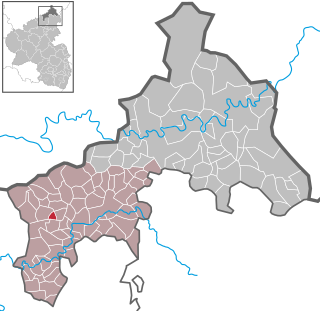
Ziegenhain is a municipality in the district of Altenkirchen, in Rhineland-Palatinate, Germany. It used to be part of the mayoralty of Weyerbusch.







